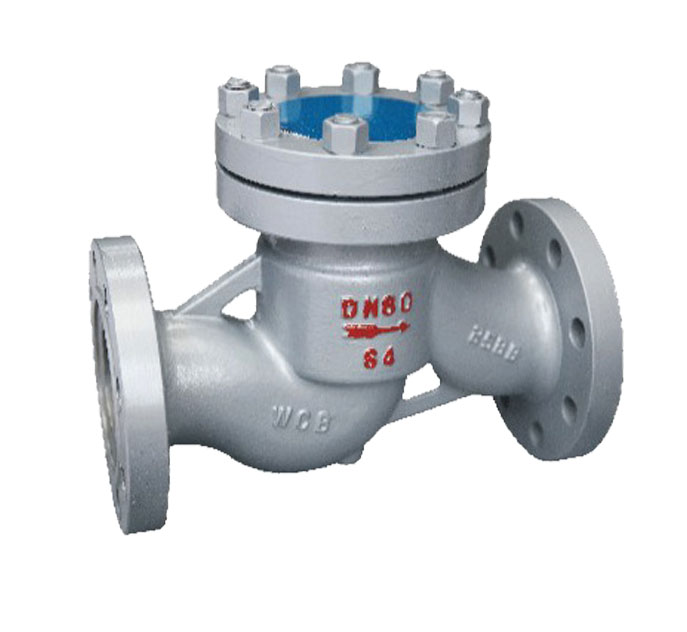Slip-On Flange Specifications and Measurements in Millimeters for Various Applications
Understanding Slip-On Flange Dimensions in Millimeters
Slip-on flanges are a common type of flange used in piping systems. They are designed to slide over the pipe ends and are then welded in place, making them simpler to install than other flange types like weld neck flanges. While designing or working with piping systems, it is crucial to fully understand the dimensions of these flanges, particularly in millimeters, as precision is key to ensuring proper fit and function within various industrial applications.
What Are Slip-On Flanges?
Slip-on flanges are circular plates with a hole in the center that allows them to fit over the ends of pipes. They are available in various sizes and classes to accommodate different pipe diameters and pressure ratings. Commonly made from materials such as carbon steel, stainless steel, and alloy materials, these flanges are capable of withstanding considerable pressures and temperatures, making them suitable for numerous industrial applications – including oil and gas, chemical processing, and water treatment.
Key Dimensions of Slip-On Flanges
When determining the appropriate slip-on flange for a project, it is essential to consider several critical dimensions, typically measured in millimeters. The main dimensions include
1. Nominal Diameter (DN) This indicates the pipe size that fits the flange. The nominal diameter generally corresponds to the pipe’s outside diameter.
2. Bolt Circle Diameter (BCD) This is the diameter of the circle on which the bolt holes are located. It is crucial for ensuring that the bolted connection aligns correctly with the mating flange.
3. Number of Bolt Holes This varies with the size and class of the flange. Standard configurations typically have a set number of holes, which aids in ensuring that the flange can secure a tight and leak-free seal.
4. Bolt Hole Diameter Each bolt hole needs to be drilled to a specific diameter, which accommodates the diameter of the bolts used for fastening the flanges together.
slip on flange dimensions in mm

5. Thickness The thickness of slip-on flanges can vary based on the pressure rating and material. It is critical for strength, ensuring it can handle the pressure and any external forces.
6. Face Type The face of the flange can be raised, flat, or RTJ (Ring Type Joint). This dimension impacts the type of gasket to be used and thus the seal's effectiveness.
Common Standards and Specifications
The dimensions for slip-on flanges are often governed by several international standards, including ASME B16.5 and B16.47, which provide guidelines for the manufacturing and testing of flanges. These standards specify not only the dimensions, but also the tolerances permitted in their measurements, ensuring compatibility with industry needs.
For instance, a common size for a slip-on flange might be a DN 50 flange, with a bolt circle diameter of 160 mm, five bolt holes each with a diameter of 16 mm, and a flange thickness of 13 mm. However, dimensions may vary based on the pressure class (e.g., 150 lb, 300 lb, etc.) and the specific requirements of the installation.
Importance of Accurate Measurements
Accurate dimensioning of slip-on flanges cannot be understated. In applications where incorrect dimensions could lead to operational failures, leaks, or even catastrophic system breakdowns, ensuring that all components are fabricated to specification is paramount. Measurement discrepancies can lead to difficulties in installation and operation, ultimately resulting in costly Downtime and repairs.
Conclusion
In summary, slip-on flange dimensions in millimeters play a significant role in the integrity and efficiency of piping systems. Understanding these dimensions helps engineers, designers, and technicians to select the proper components during the design and construction phases of piping applications. By adhering to established standards and ensuring precise measurements, the integrity of the piping systems can be maintained, thereby enhancing operational reliability and safety across various industrial sectors. Whether involved in manufacturing, installation, or maintenance, awareness of slip-on flange dimensions remains a foundational aspect of effective piping design.
-
3-types-of-check-valves-maintenance-tipsNewsAug.23,2025
-
ball-valves-types-with-trunnion-mounted-designNewsAug.23,2025
-
butterfly-valve-company-production-capabilitiesNewsAug.23,2025
-
fisher-globe-valve-technical-specificationsNewsAug.23,2025
-
types-of-gaskets-for-flanges-selection-guideNewsAug.23,2025
-
wedge-gate-valve-suppliers-quality-standardsNewsAug.23,2025
-
Breakthrough in Domestic Low Temperature Valve Technology in ChinaNewsAug.18,2025




